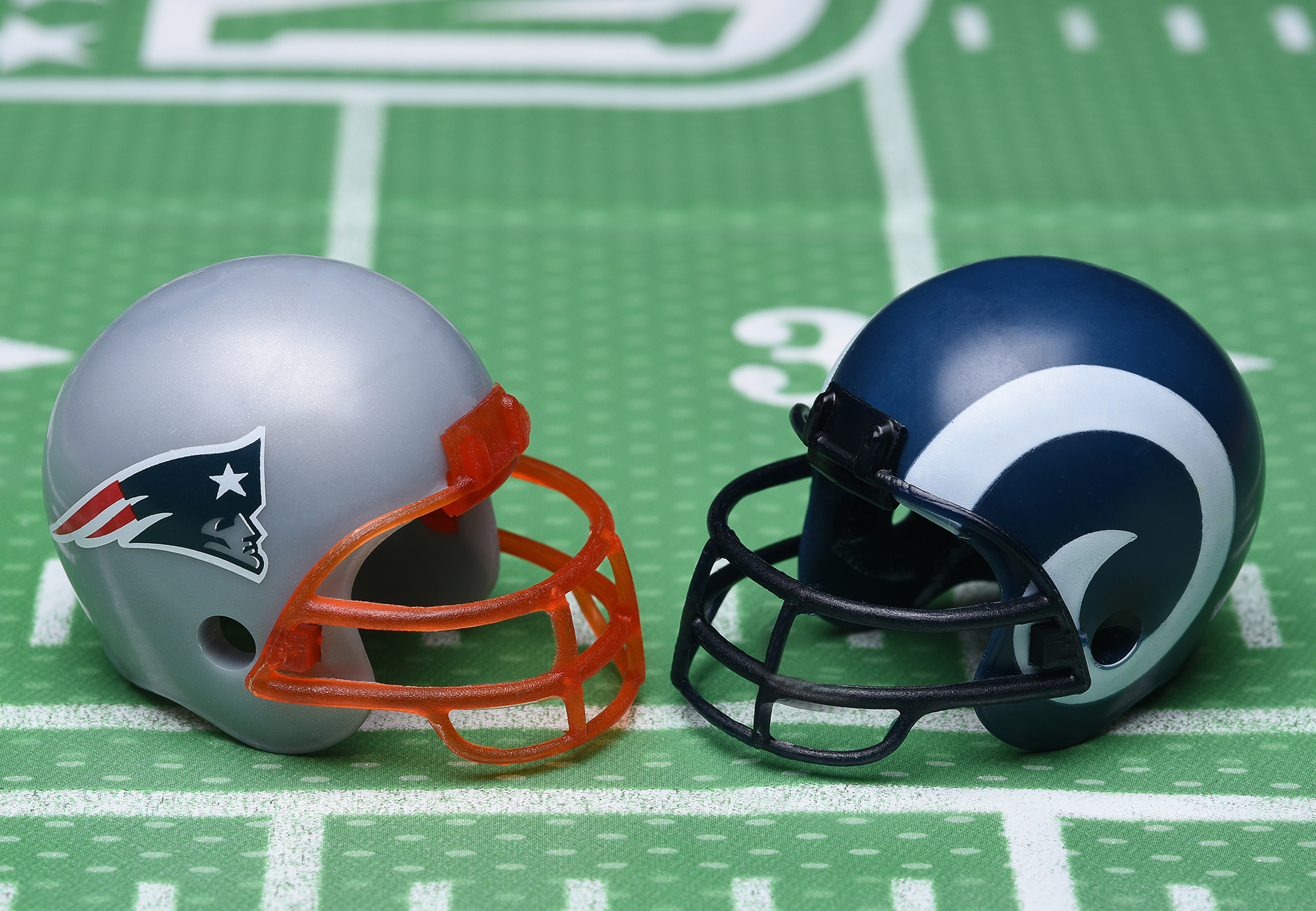
Many thought Super Bowl LIII was a dud—from its highly defensive gameplay, resulting in only one touchdown, to its lackluster halftime show where Maroon 5 played with special guest, SpongeBob Squarepants. At least the $5-million, 30-second advertising spots provided an entertainment respite from the low-action football game. We asked James Mourey, assistant professor of marketing at DePaul University’s Driehaus College of Business, what he thought about this year’s ads and whether they are worth the money.
Mourey teaches consumer behavior and is the author of three books: “Urge: Why You Really Want What You Want (And How To Make Everyone Want What You've Got)” and “Fusion: A Modern 'How-To' Guide For Integrated Marketing Strategy (From Creative Spark To Synergistic Explosion) and “The Relationship Diet: How to Create Happy. Healthy and Valuable Relationships (at Home, at Work and Everywhere Your Go) (2018).”
Overall, how were the Super Bowl ads? Did they leave a bad taste in your mouth—like Andy Warhol eating at Burger King, or were you pleasantly surprised, like “Game of Thrones” hijacking a Bud Light ad? Did you notice any new trends?
The Super Bowl ads continued their downward trajectory, which is surprising given the opportunity for the ads to create a positive impact on consumers. Two noticeable trends emerged this year: first, robots/ AI (artificial technology), and second, misused celebrities.
First, for whatever reason, agencies seem to be obsessed with including robots or technology in their spots. From Michelob's strange use of robots to TurboTax's creepy use of a robot to Sprint's unnecessary use of robots, we were beat over the head with robot after robot after robot. We also saw Pringles integrate an Alexa-wannabe into its spot (which was otherwise nearly identical to their commercial from last year). Look, we get it: we have smart technology. Overusing these themes led to the predictable conclusion: no one commercial using robots/AI stuck out because so many others did. Interestingly, Amazon's Alexa spot shifted away from the device to funny uses of the concept of integrated technology (and the mishaps that result), which was smart for Amazon to do.
The second trend, misused celebrities, involved hiring some expensive (e.g., Chance the Rapper) and probably less expensive (e.g., the Backstreet Boys, Alex Rodriguez...what else would they be doing?) celebrities and then sort of tossing them into a commercial without much thought behind why those celebrities were integrated. In many instances, you could have just as easily replaced the celebrity with a cheaper, unknown actor or actress and achieved the same result. Plus, some of the "jokes" required audiences to know the celebrity and his/her rich character history (e.g., Sarah Jessica Parker and her “Sex and the City” character Carrie Bradshaw’s preference for Cosmopolitans; Jeff Bridges and his “Big Lebowski” character’s preference for White Russians), which is always a risk: if your target market knows the backstory, great; if not, you've just wasted a lot of money (case in point: I could not pick Jeff Bridges out of a line-up).
 Assistant Professor of Marketing James MoureyWhat were your favorite ads and which missed the mark?
Assistant Professor of Marketing James MoureyWhat were your favorite ads and which missed the mark?
My favorites this year were probably the Microsoft gaming commercial, as well as the Amazon Alexa spot. Both commercials evoked strong emotions (heartfelt joy in the former, humor in the latter) while keeping their products and value central throughout the commercial. As for ads that missed the mark...where do I begin? Perhaps my least favorite ads of all were for Michelob—both the robot "It's only worth it if you can enjoy it" spot and the ASMR spot with Zoë Kravitz. I'm not sure if the agency folks maybe sipped too much of the free product when coming up with the ideas, but they seemed poorly thought out and immediately forgettable (aside from me remembering how terrible they were). There were so many bad ads this year that it takes a lot to be the worst, but I think Michelob took that crown this year. Still, even typical favorites like M&Ms and Budweiser missed the mark for me this year, M&Ms for its sort of average, poorly produced spot with Christina Applegate and Budweiser for its wind-powered brewing commercial that, while containing so many of the pieces that we love to see with Anheuser-Busch Super Bowl spots, really failed to connect with consumers in an emotional, meaningful way.
Why is the Super Bowl important for advertisers and is it worth it to spend a lot of money on a Super Bowl ad?
The importance of the Super Bowl stems from two key ideas: first, function, and second, tradition. First, the functional reason advertising is so important for the Super Bowl is that, historically, you had more eyeballs on television screens than any other event during the course of a year. Knowing this, companies were willing to spend big money for advertisements with the idea being that one commercial would be viewed by a large portion of the population. Simple supply and demand then dictated that these media purchases become more and more expensive, which leaves only well-to-do companies able to afford the media time, companies with vast marketing budgets to pay agencies to come up with great campaigns. Plus, there's a lot more pressure to create a memorable campaign when we're talking about millions of dollars for a 30-second spot.
From there, the second point, the Super Bowl ads have become a part of the Super Bowl tradition. Because of their historical importance and the disproportionate amount of money and attention paid to the development and execution of these spots, we now have groups of people who watch the game simply "for the ads." It's something we look forward to every year, which further sustains their importance and popularity, even in spite of data that viewership of the game is down, on average, three percent.
Whether or not it's worth it to spend money on an ad depends on the ad's effectiveness; sure, you get a lot of awareness from the simple fact that millions of people are watching, but that can blow up in your face, like how Twitter users universally panned the creepy robot baby commercial brought to us by TurboTax. There was probably a better, more effective, and definitely less creepy way to get your brand and service out there. Sure, people are talking about it, but are doing so with a certain level of cringe-factor.
In an era of social media, when people can give feedback (good or bad) to an ad and most people are tethered to their phones and social media accounts, companies would be wiser to pay attention to, first, how their ad may be received and discussed on social media and, second, whether their strategy includes a deliberate social media component integrated into the campaign.
Learn more about: